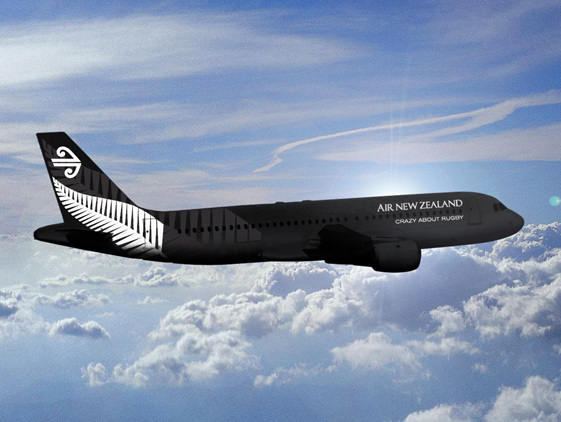
The number one image that comes to mind when I think of a journey… Between LOTR, Harry Potter, and Doctor Who, you could say my life is heavily influenced by the fruits of British imaginations…
And what a journey COMM 296 has been. This course proved to be one of my favourite courses this semester, both in terms of the material and the 11-12:20 time slot in which class was held. The semester-long assignment was an excellent opportunity to demonstrate an understanding of what I had learned in and out of the classroom in regards to marketing, and required me to push myself in order to meet the expectations of my group and my fabulous professor.
The assignment, for me, became something I could be proud to contribute to when the group’s ideas and efforts took on a more tangible form, as we found ways to represent our work in a comprehensive and creative video. Being able to write scripts and throw around ideas is something I enjoy and believe myself to be not so awful at, so this portion of the assignment was, believe it or not, fun for me to do. This part of the assignment also gave me the opportunity to be a complete and utter ham on camera (spoiler alert), something my mother will tell you I am very accomplished at. My behaviour during the filming process goes to show that a project of this magnitude highlighted the skillset of my group, allowing us to create something that reflects who we are as people, tailoring the assignment requirements to what we can do as a group. For this reason I feel that this type of project yields better results than a presentation could, not only in terms of a final mark, but an experience students can look back on. Though it had its bumps along the way, I think you should continue to structure the assignment into three parts with a video presentation. Thank you so much for the wonderful semester.


